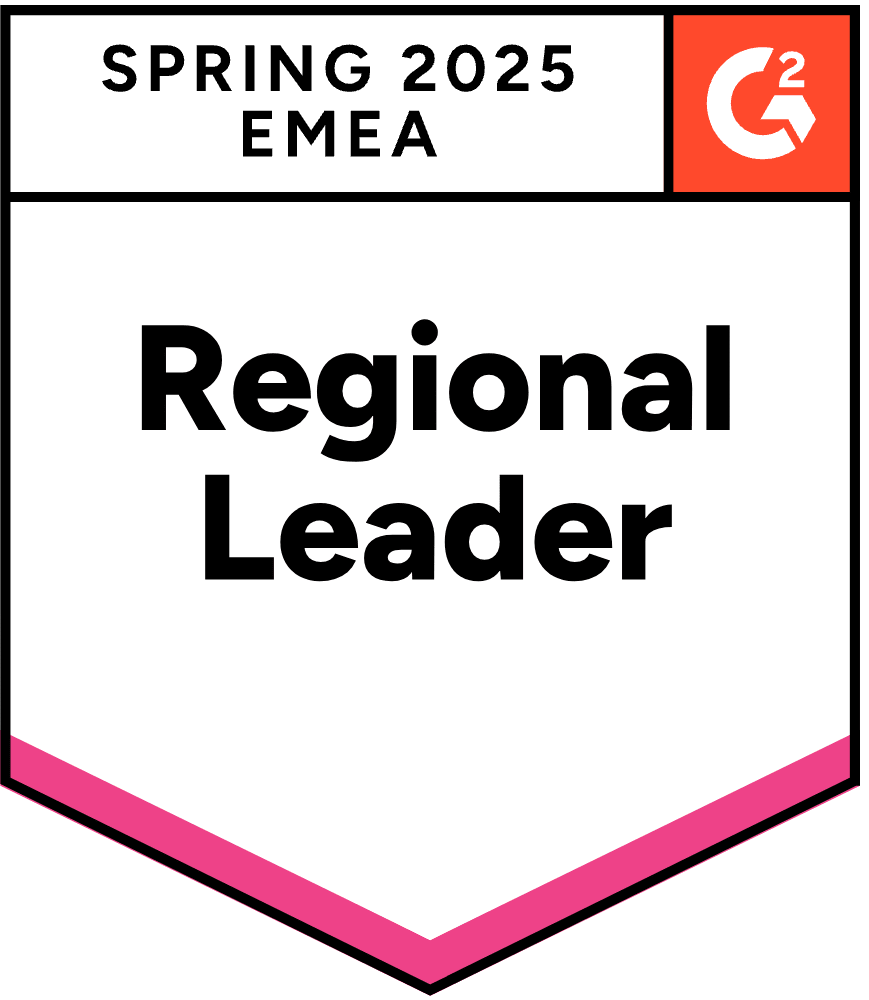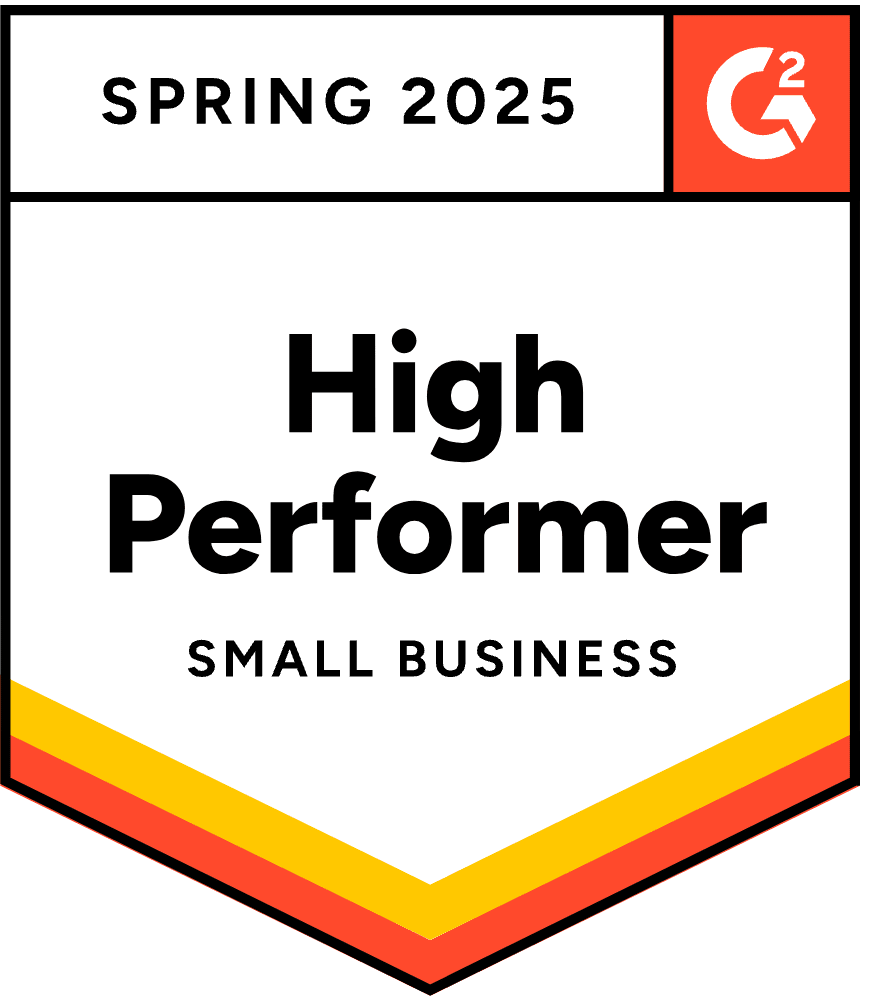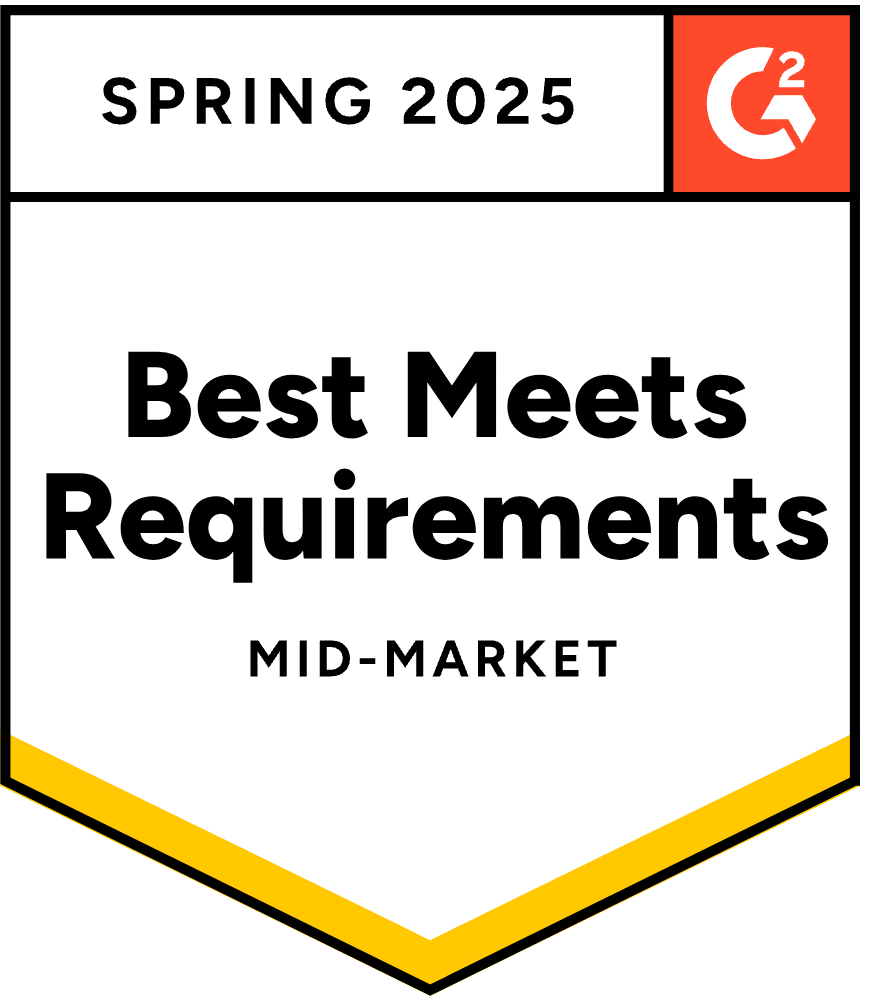- Blog
- The Importance Of Conversion Rate Optimization: Why CRO Matters
The Importance Of Conversion Rate Optimization: Why CRO Matters
Table of Contents
The average conversion rate for ecommerce businesses is only 1.81%, meaning that for every 100 visitors to an online store, fewer than two actually make a purchase. It’s a sobering reminder of the importance of conversion rate optimization.
Even a small increase in that rate can have a big impact on your revenue. The core goal of conversion rate optimization (CRO) is to boost the percentage of visitors who take action on your site.
In this article, we’ll explore:
- what CRO is,
- why CRO is important for your business, and
- 8 smart strategies to maximize conversions.
Let’s dive in!
What is conversion rate optimization (CRO)?
Conversion rate optimization refers to the process of improving a website or landing page to increase the percentage of visitors who complete a desired action, such as:
- making a purchase,
- signing up for a newsletter, or
- filling out a contact form.
Rather than focusing solely on driving more website traffic, CRO emphasizes making the most of your existing website traffic.
The goal is to improve the overall user experience and guide more visitors toward taking the desired action, ultimately increasing revenue without additional spending on traffic acquisition.
The importance of conversion rate optimization: why is CRO crucial?
CRO is about improving the entire user experience, boosting ROI, and staying competitive while also helping to lower customer acquisition costs.
Here are some key reasons why CRO is essential for a successful online presence:
1. CRO makes the most of your website traffic
One of the main goals of conversion rate optimization is to ensure that your website is getting the most out of its traffic.
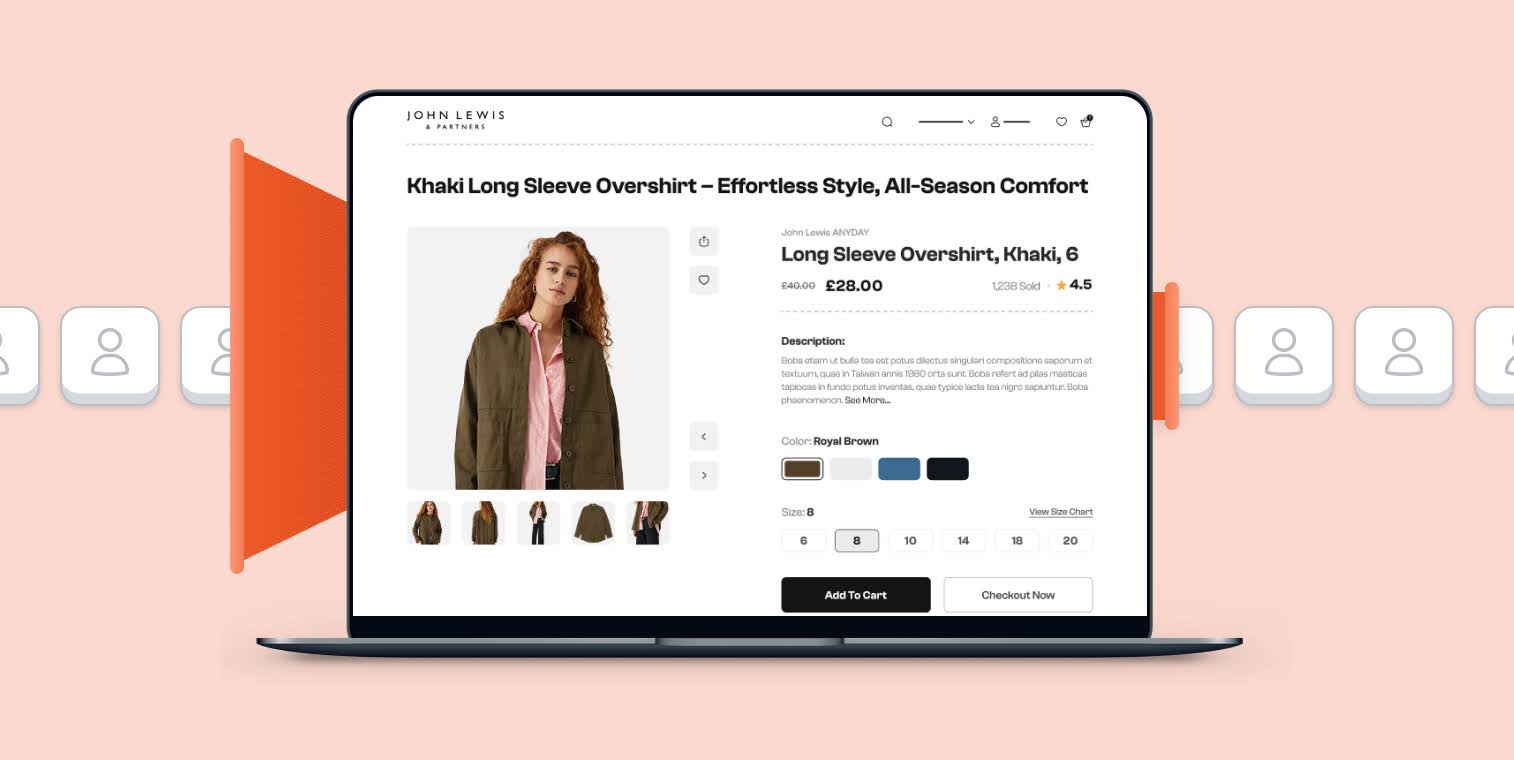
While attracting website visitors is essential, converting them into customers is even more important.
Through small changes, such as refining the layout or simplifying the checkout process, you can significantly increase the number of visitors who complete a purchase.
2. CRO lowers acquisition costs
CRO helps reduce the need for constant traffic acquisition efforts.
By improving conversion rates, you can achieve more with the same amount of traffic, lowering customer acquisition costs and maximizing the value of each visitor.
This is especially important for businesses that rely heavily on paid ads or other marketing efforts to drive traffic.
3. CRO boosts your ROI
Even a slight increase in your conversion rate can have a major impact on your overall revenue.
Think about it this way: every visitor who lands on your site already represents an investment. So when you turn just a few more of them into customers, your profit margins grow dramatically.
As shown below, even a small 10% lift—from 5% to 5.5%—can raise your ROI from 50% to 65%, resulting in a 30% increase in returns.
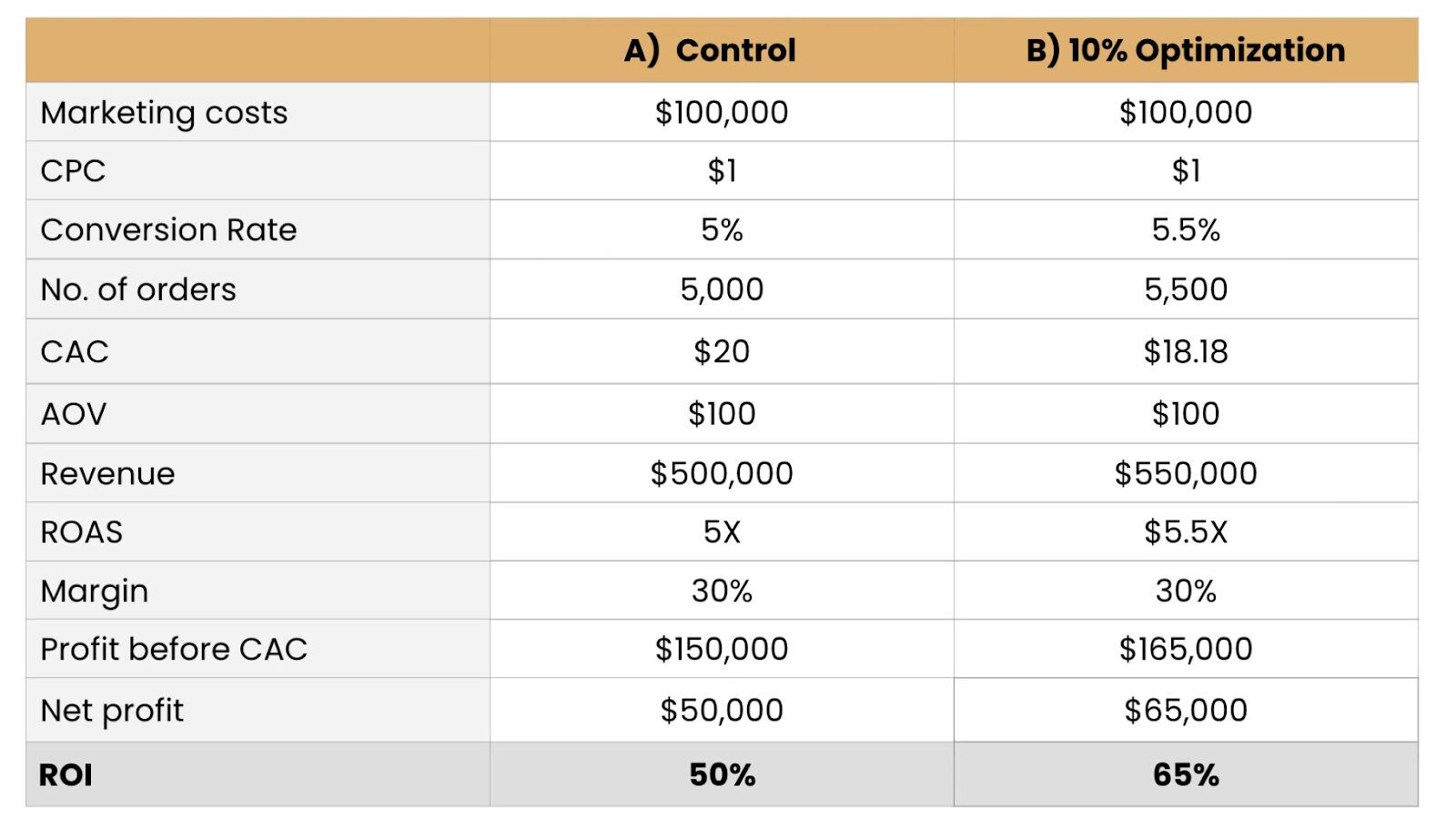
In other words, you’re extracting more value from the exact same audience simply by converting better.
4. CRO gives you a competitive edge
As the market becomes increasingly crowded, standing out gets tougher. Conversion rate optimization helps improve the overall customer experience, making it easier for visitors to take action.
A well-optimized website keeps your business ahead of the competition, encourages repeat customers, and boosts customer lifetime value.
The conversion rate optimization process
CRO is an ongoing, data-driven cycle built around three key stages: analyzing, launching, and optimizing. Each step plays a vital role in turning insights into measurable growth.
1. Analyze
Every optimization process starts with understanding your visitors. Use tools like analytics, heatmaps, and on-site surveys to see how people interact with your site: pay attention to where they drop off, what draws their attention, and what stops them from converting.
This step helps you uncover friction points and form hypotheses for improvement.
2. Launch
Once you’ve identified opportunities, it’s time to take action.
Create and launch tests, such as new headlines, layouts, popups, or calls-to-action, to see what resonates best with your audience. A/B and multivariate testing allow you to make data-backed decisions rather than relying on guesswork.
3. Optimize
After testing, review the results carefully. Identify which changes performed best and apply the winning variations across your site. Then, use the insights gained to inform your next round of tests, because optimization never really ends.
7 smart CRO strategies to improve conversions
Here are 7 conversion rate optimization strategies that can make a real difference:
1. Use website popups
Our data reveals that popups can achieve an average conversion rate of 11.09%, with performance varying depending on the type of popup used.
One of our most successful tools, the Smart Discount Popup, gives visitors a discount in exchange for taking action. But it does more than just give a discount—it breaks your popup into multiple steps.
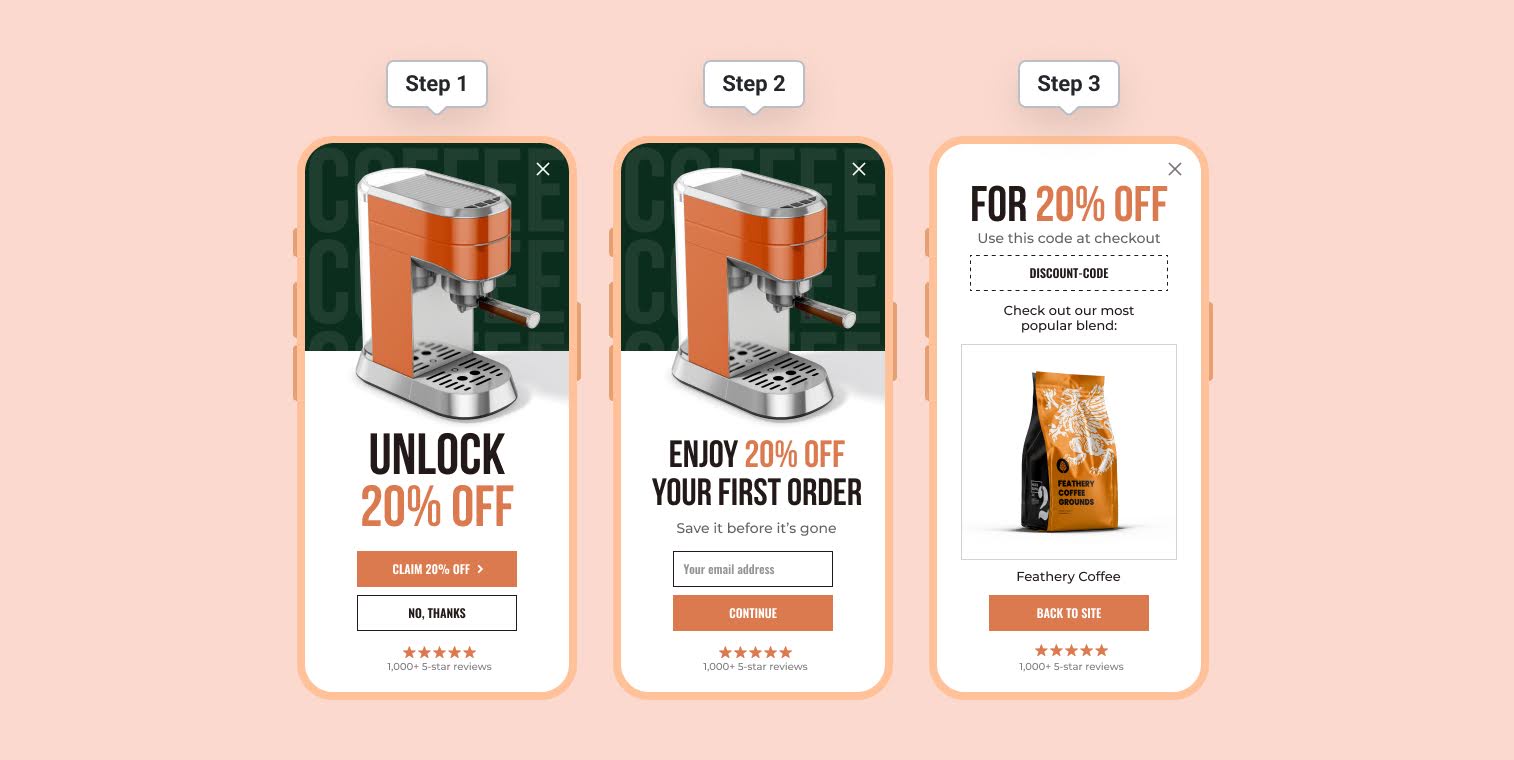
Why is this so effective?
Multi-step popups that start with a simple yes/no question can significantly boost new visitor sign-ups. By encouraging a small initial action, these popups feed into visitors’ urge to complete tasks, increasing both engagement and conversions.
For example, Karin Herzog’s Smart Discount Popup resulted in a 600% increase in website conversion rates from opt-ins.
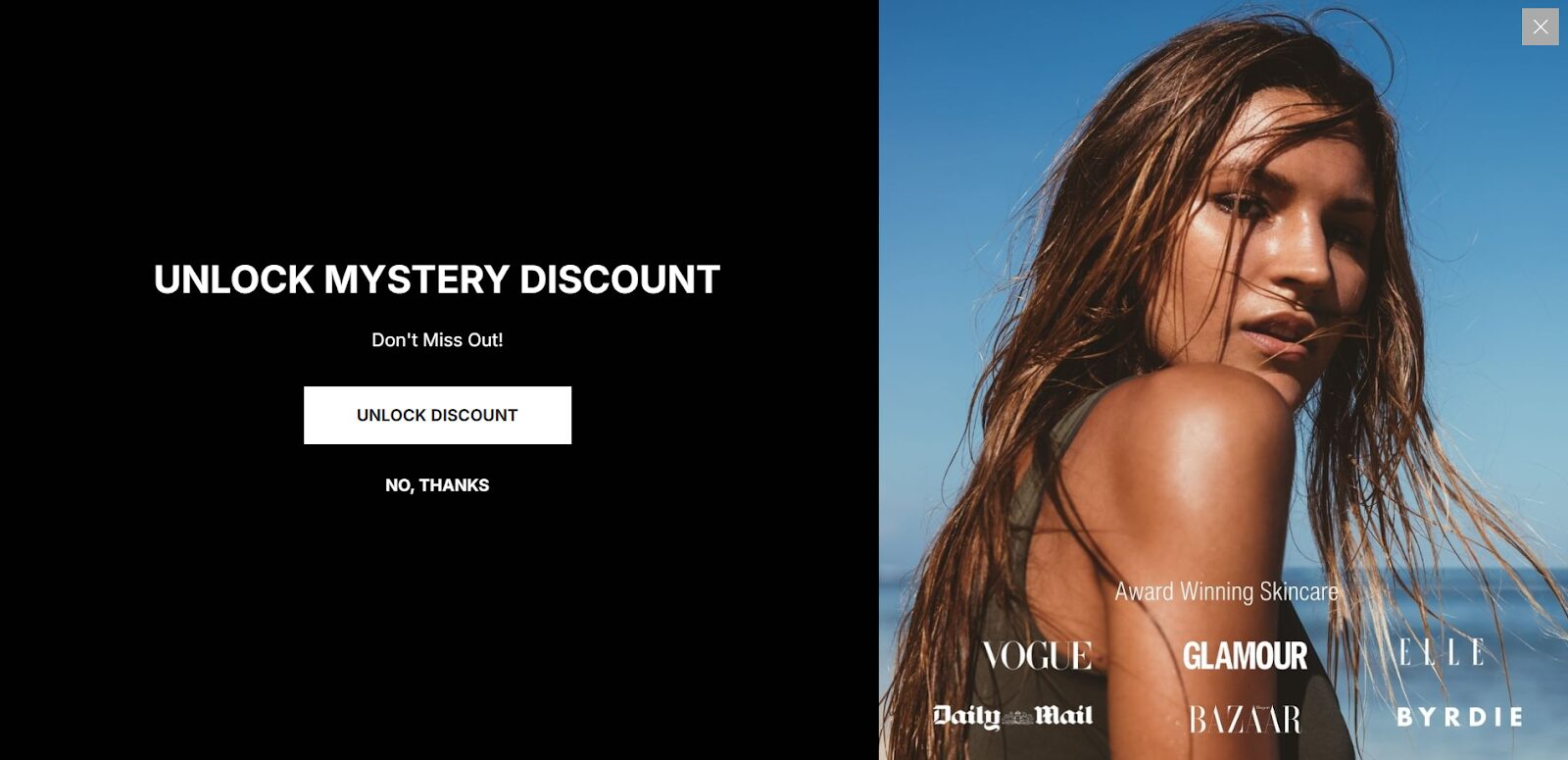
If you’d like to achieve similar results, you can get started with these ready-to-use Smart Discount Popup templates today:
2. Remind users to use their coupons
Already have a popup that offers a discount to your visitors, but want to boost its performance even more? Add a reminder sticky bar to the mix.
While popups are great for grabbing attention, they disappear quickly (and so do the coupon codes). A sticky bar keeps the discount visible as users browse, making sure they don’t forget to apply it at checkout.
It’s a subtle, non-intrusive way to reinforce your offer and drive more conversions. Think of it as a gentle nudge that says, “Hey, don’t forget your discount!”
Combine your popup with a sticky bar for a one-two punch that keeps your offer top of mind from entry to checkout.
3. Use heatmaps
Want to know what your visitors are actually doing on your site? Heatmaps can show you.
They reveal where people click, scroll, and spend the most time, giving you a clear view of how users interact with your pages. Paired with analytics, heatmaps help you spot what’s working (and what’s not) in your layout, navigation, and design.
This insight lets you optimize the user journey and remove any friction that might be hurting conversions.
4. Run A/B tests on offers, landing pages, and more
A/B testing is a crucial element of CRO, and it’s key to boosting conversion rates.
With OptiMonk, you can easily A/B test your popups, experimenting with different discount types such as
- 10% off,
- $10 off,
- free shipping,
- BOGO deals, or
- mystery discounts…
…just to name a few.
Here’s an example from Sassy Scents’ A/B test, comparing their discount popups offering a 10% discount versus a higher discount.
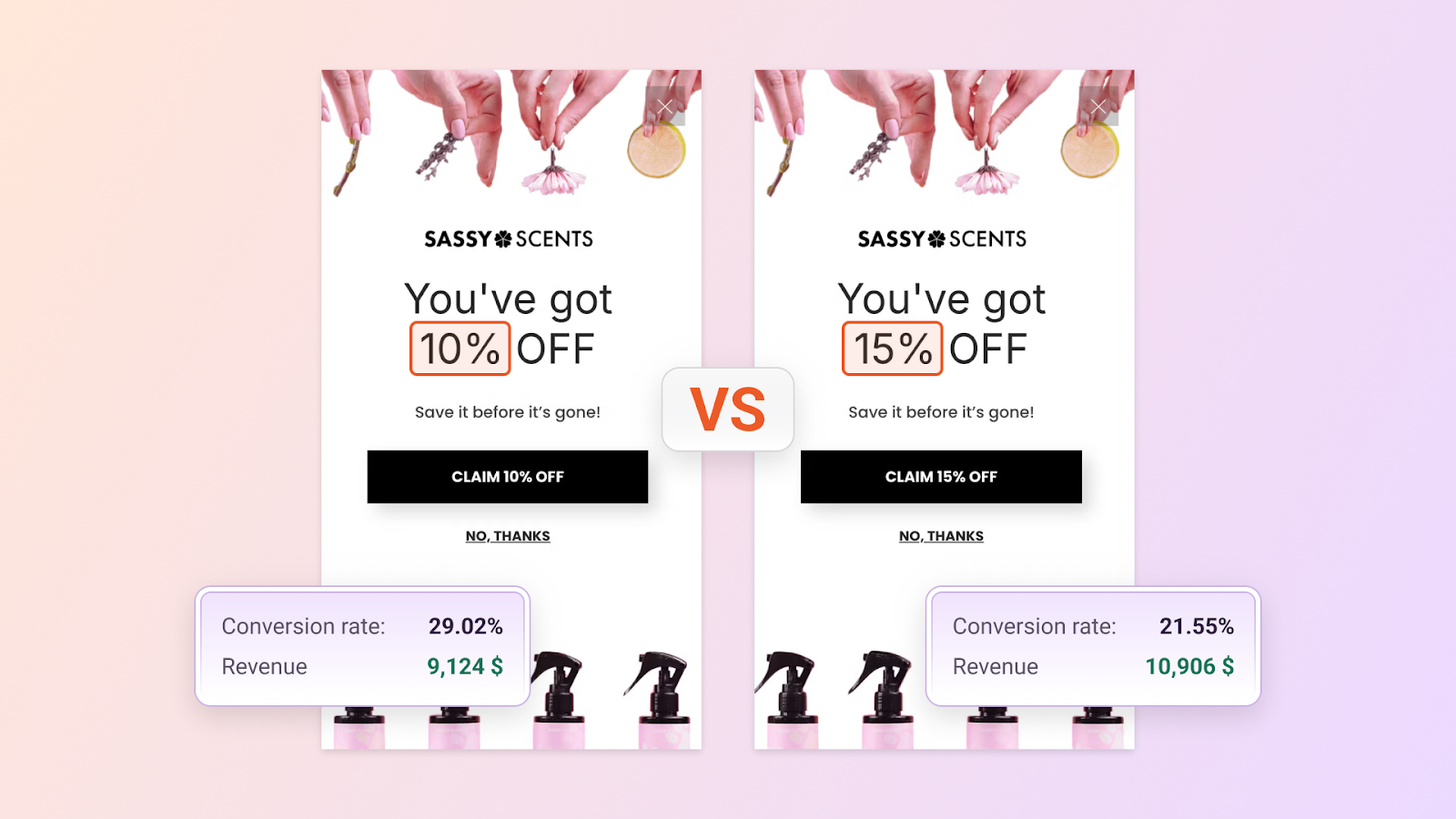
You can run A/B tests on landing pages, too. For example, Vegetology tested three different versions of their landing page.
They tried headlines like “We are Vegetology” and “Nature is our passion.” The original version had a conversion rate of 5.09%, “Nature is our passion” dropped to 3.1%, but “We are Vegetology” came out on top, with a 9% conversion rate.
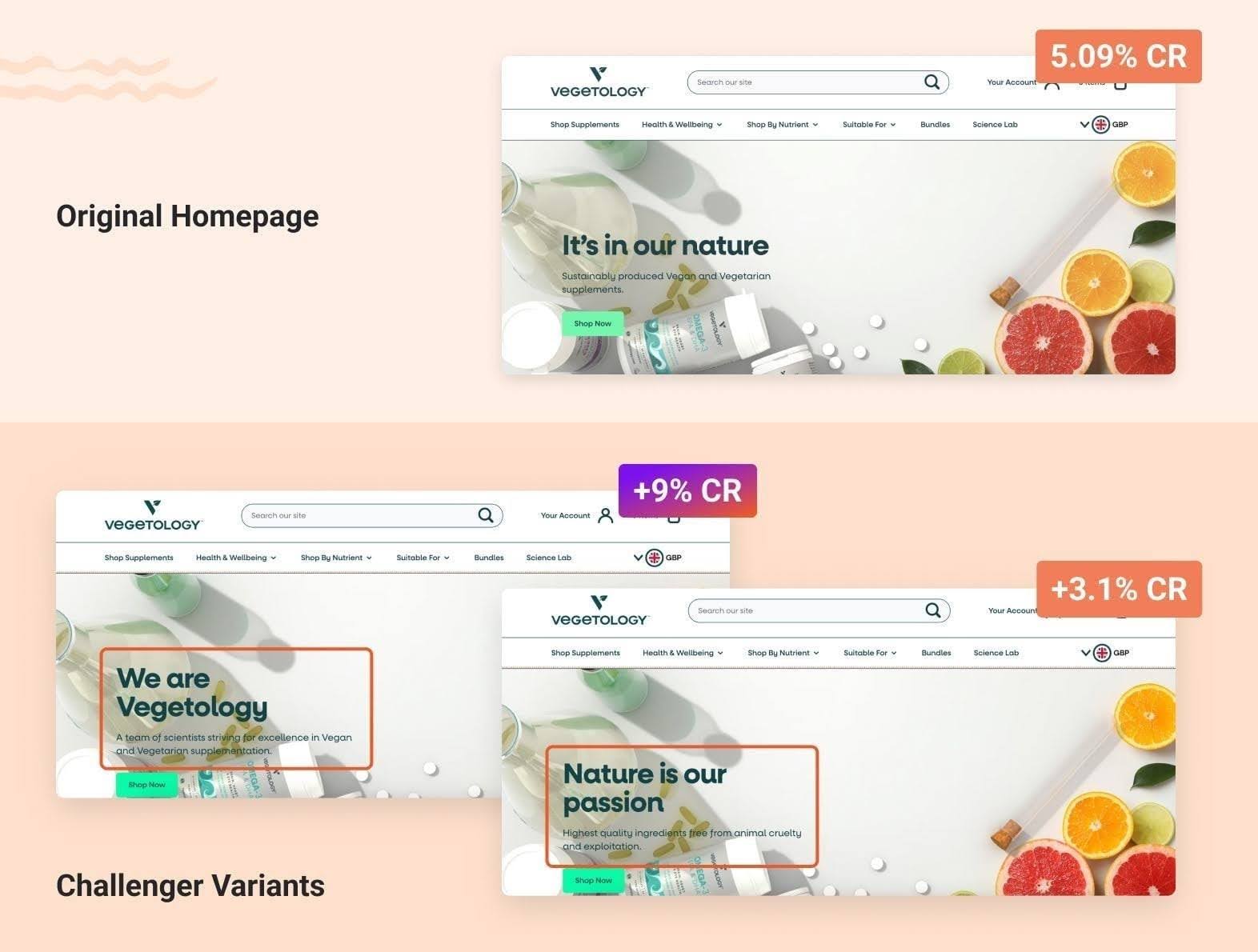
This process helps you identify the most effective design, messaging, and user experience for improving conversion rates.
5. Improve your website design and UX
A seamless user experience (UX) and intuitive design are crucial for optimizing conversions.
A clean, well-organized website layout with fast loading times helps keep visitors engaged. Users are more likely to abandon a slow-loading website, resulting in lower conversions.
Ensure your site is easy to navigate and loads quickly to retain visitors.
As mobile traffic continues to rise (accounting for roughly 70% of ecommerce traffic), optimizing your website for mobile users is no longer optional. It’s a must.
A mobile-optimized site improves the user experience and increases conversions by making it easier for customers to make purchases on their devices.
Clear navigation and visible calls-to-action (CTAs) guide users through the purchase funnel, making it easier for them to find what they’re looking for and complete their transactions.
Simplified navigation improves user satisfaction and boosts conversion rates.
6. Use an exit reminder
Don’t watch potential sales walk away—literally! When a visitor is about to leave your site, hit pause on that exit with a well-timed popup that reminds them about what’s sitting in their cart.
If they’ve already added items, that’s a strong sign of purchase intent.
They’re interested, they just need a little nudge…and an Exit-Reminder Popup can give them exactly that. It brings their focus back to what they’re about to miss out on and can re-engage them just long enough to complete the purchase.
7. Use trust signals, social proof, and urgency
Shoppers don’t just buy with their wallets, they buy with trust. That’s why your site needs the right signals to reassure them that they’re making the right choice.
Start with trust signals like security badges, payment icons, and clear return policies. These reduce friction and make your store feel legit. It’s also smart to add social proof—think reviews, star ratings, customer photos, and testimonials. If others love it, new visitors are more likely to follow through.
Finally, create urgency. Use countdown timers, low-stock alerts, or limited-time deals to give shoppers a reason to buy now, not later.
3 tools to help you with conversion rate optimization
Now that you understand the importance of CRO and its key metrics, let’s explore some powerful tools that can help you optimize your website and boost conversions.
1. OptiMonk
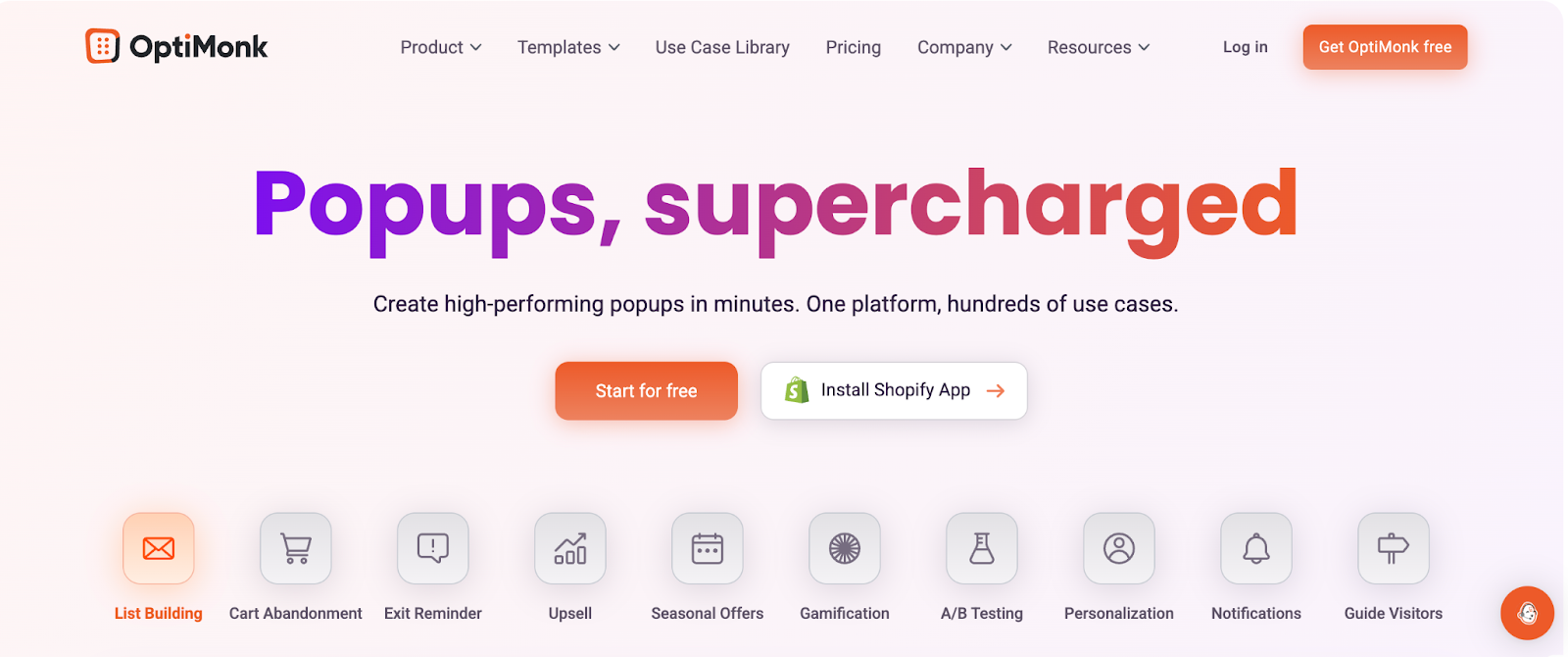
OptiMonk is a powerful popup tool designed to help you easily increase conversions and enhance the customer journey.
It offers a range of features, including A/B testing and personalization, to tailor your website experience to individual users.
By using OptiMonk, you can display targeted messages or discounts to visitors at the right moments, boosting engagement and driving higher conversion rates.
Whether you’re running popups, countdown timers, or exit-intent offers, OptiMonk makes it simple to create effective, personalized experiences that convert.
Pricing: Free plan is available; paid plans start at $29/month.
2. Hotjar
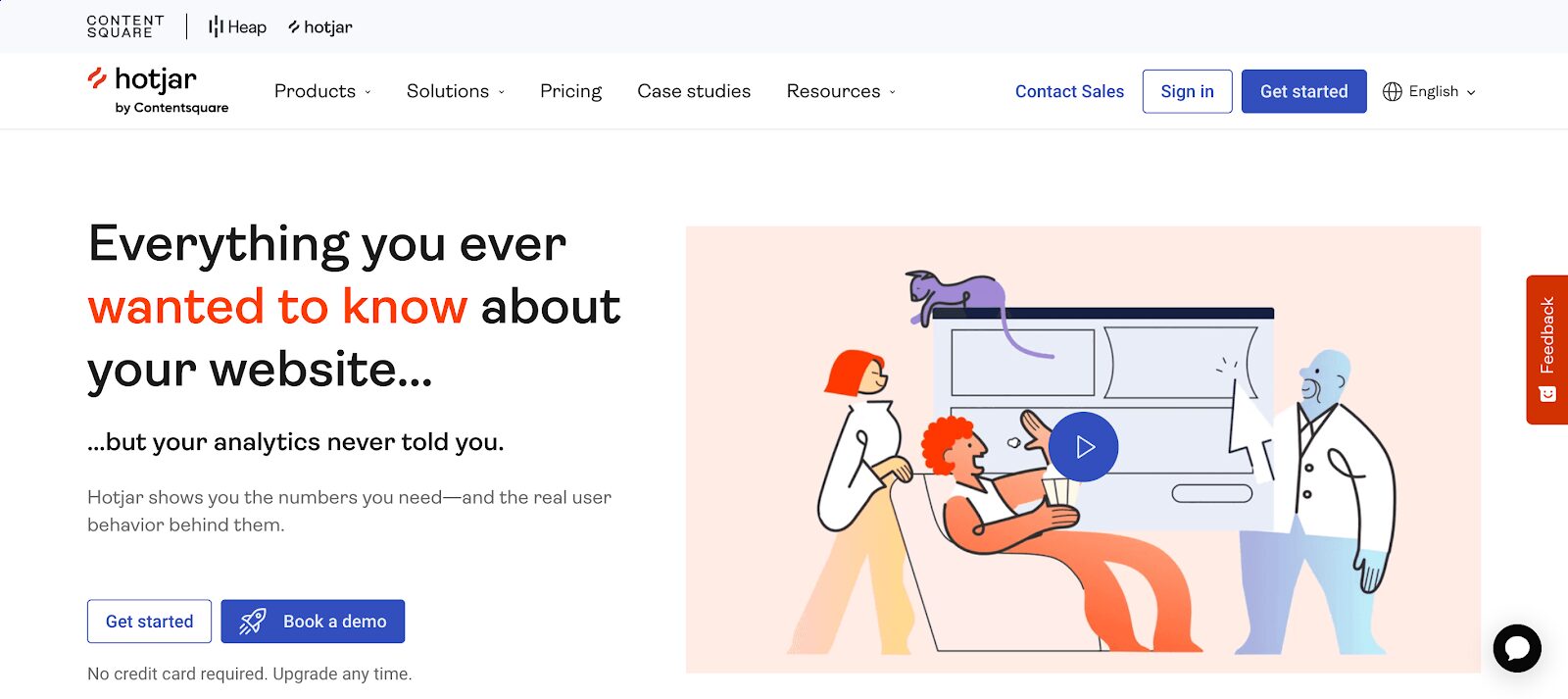
Hotjar provides a comprehensive suite of tools to help you understand how users behave on your website.
With features like heatmaps and session recordings, you can track exactly where visitors click, how far they scroll, and what elements draw their attention.
Session recordings allow you to watch how users navigate through your site in real time, offering valuable insights into user experience and pain points.
By identifying areas where users drop off or get stuck, Hotjar enables you to make data-driven adjustments that can dramatically improve your conversion rates.
Pricing: Basic plan is available for free; paid plans start at €39/month.
3. Unbounce
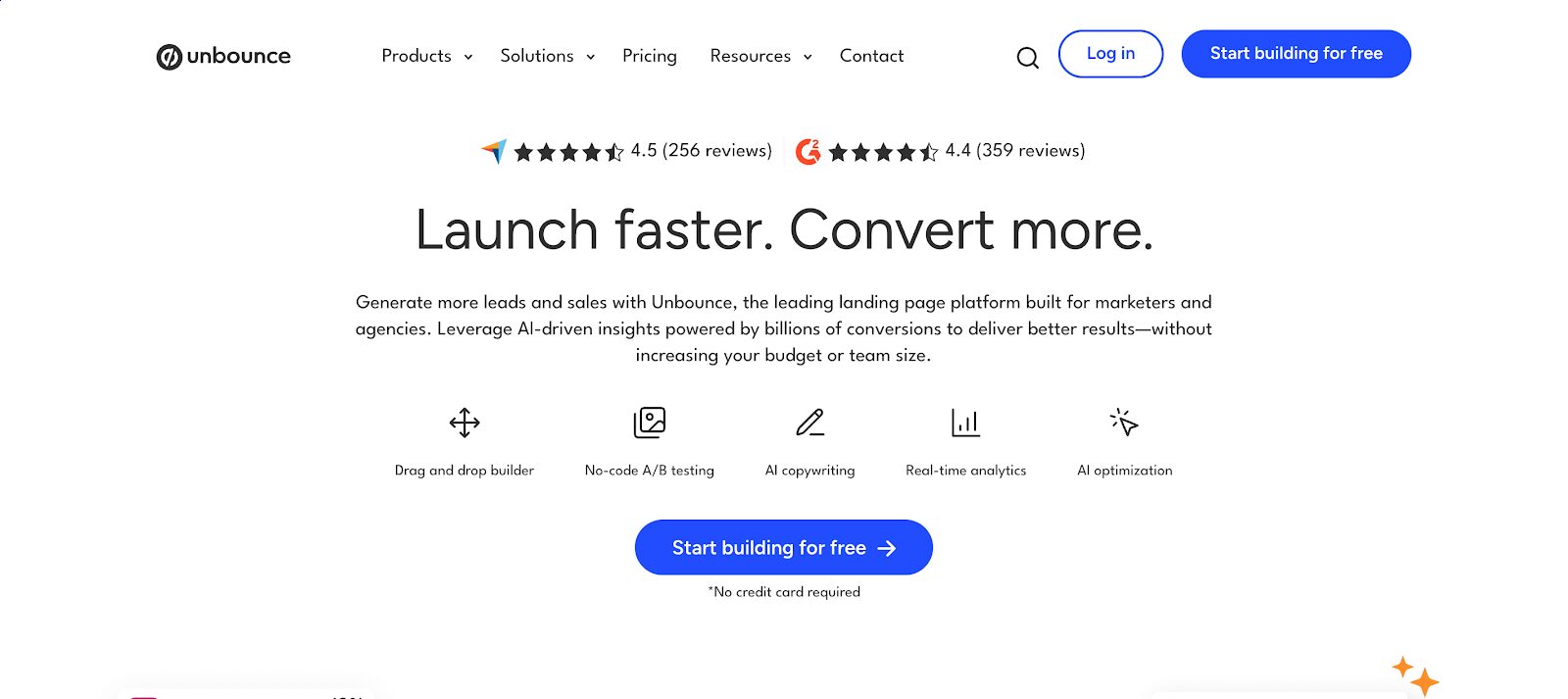
Unbounce is an easy-to-use platform for creating custom, high-converting landing pages without needing any coding skills.
Its drag-and-drop builder makes it simple to design pages optimized for conversions, whether you’re creating product landing pages, lead generation forms, or sign-up pages.
Unbounce also offers A/B testing and dynamic text replacement, which allows you to personalize landing page content for different audience segments.
By delivering more relevant offers and tailored experiences, Unbounce helps improve user engagement, resulting in higher conversion rates and more successful marketing campaigns.
Pricing: Paid plans start at $79/month.
FAQ
How long does it take to see results from CRO?
CRO is an ongoing process, but initial improvements can often be seen within a few weeks. While some changes, like optimizing a call-to-action or improving load times, may show quicker results, the key to sustained success is to keep testing, learning, and refining your website over time.
What are the best metrics to track for CRO?
The main metrics to track for CRO include conversion rate, bounce rate, average session duration, and cart abandonment rate. These help you measure how effectively your website is driving desired actions, whether it’s completing a purchase, engaging with content, or filling out forms. Monitoring these metrics lets you spot areas that need improvement.
Can CRO be applied to all types of websites?
Yes, CRO is versatile and can be applied to any type of website, whether it’s an ecommerce site, a blog, or a lead generation page. The goal remains the same: to improve conversions (whether that’s increasing sales, gaining subscribers, or capturing leads) depending on the website’s objectives.
Wrapping up
Conversion rate optimization (CRO) is not just about increasing numbers, it’s about creating a better user experience and ensuring that your business is making the most of every visit.
By using data-driven strategies, optimizing design and user experience, and continuously testing, businesses can significantly increase conversions, lower costs, and boost their bottom line.
These benefits of conversion rate optimization go beyond mere metrics; they enhance overall customer satisfaction and business growth.
Don’t let your website traffic go to waste—optimize your site today and see the results for yourself!
Migration has never been easier
We made switching a no-brainer with our free, white-glove onboarding service so you can get started in the blink of an eye.
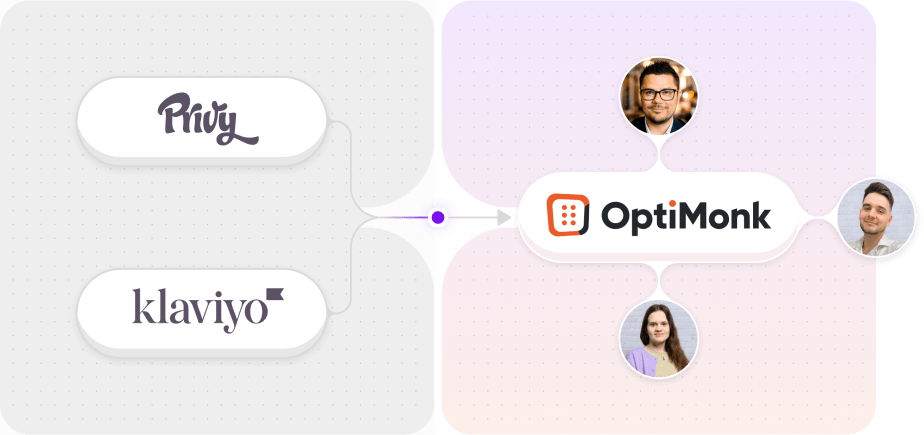
What should you do next?
Thanks for reading till the end. Here are 4 ways we can help you grow your business:
Boost conversions with proven use cases
Explore our Use Case Library, filled with actionable personalization examples and step-by-step guides to unlock your website's full potential. Check out Use Case Library
Create a free OptiMonk account
Create a free OptiMonk account and easily get started with popups and conversion rate optimization. Get OptiMonk free
Get advice from a CRO expert
Schedule a personalized discovery call with one of our experts to explore how OptiMonk can help you grow your business. Book a demo
Join our weekly newsletter
Real CRO insights & marketing tips. No fluff. Straight to your inbox. Subscribe now
Barbara Bartucz
- Posted in
- Conversion
Partner with us
- © OptiMonk. All rights reserved!
- Terms of Use
- Privacy Policy
- Cookie Policy
